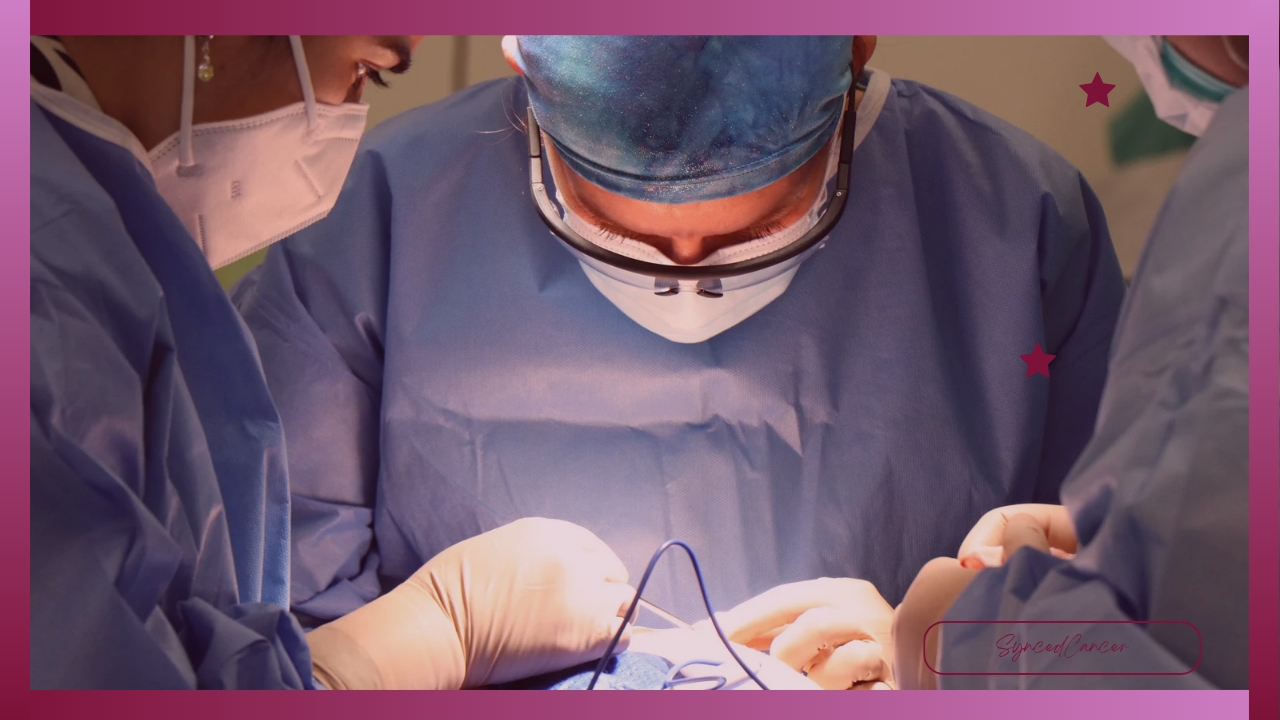Imagine receiving a breast cancer diagnosis and having to endure a long, rigorous path of treatment that includes radiation, surgeries, and months of waiting before you can even start to feel like yourself again. What if you could drastically enhance your quality of life and possibly cut down on the number of procedures you require with a small change to the treatment order? Doesn’t that seem like a game-changer? That’s precisely what a recent study indicates—reversing the treatment’s order could lead to a significant advancement in the management of breast cancer.
A study that was published in JAMA Network Open is upending the status quo by putting out a straightforward yet possibly ground-breaking concept: What if doctors-imposed radiation treatment before removing the cancerous tissue, instead of the traditional approach of surgery first and radiation second? This small shift could make life easier for patients with breast cancer by reducing the need for multiple surgeries and improving overall cosmetic outcomes. Although the study is still in its early stages, experts believe that if these findings hold up in larger trials, we could see a major shift in treatment guidelines in the future.
Radiation oncologist Dr. Roberto Diaz, who specializes in breast cancer at the Moffitt Cancer Center in Tampa, Florida, is excited about the potential benefits of this study to his patients. The results are “not only promising but also highly significant, marking a potential paradigm shift,” according to him. Although it is a bold claim, thousands of breast cancer patients’ lives could be changed if this strategy proves to be as successful as preliminary findings indicate.
In order to understand the significance of this change in treatment order, let’s examine the present conventional procedure. More aggressive types of breast cancer usually start with a mastectomy, which is surgery to remove the breast, and then radiation therapy to destroy any cancer cells that may still be present. This process, known as post-mastectomy radiotherapy is an efficient procedure, but it has a major drawback: patients who choose to have breast reconstruction surgery must wait anywhere from six months to a year. In order to prevent radiation-related consequences, which might result in implant abnormalities and other problems, this delay is required.
Dr. Ronica Nanda, another Radiation Oncologist at Moffitt Cancer Center, explains just how difficult this waiting period can be for patients. “Women requiring post-mastectomy radiation, particularly if they desire reconstruction, undergo multiple surgeries… and have poor quality of life while waiting for reconstruction,” she says. Even when they do finally get their reconstruction, the results are often disappointing due to radiation’s impact on the surrounding tissue.
This is where the new approach—called pre-mastectomy radiotherapy—comes in. Instead of waiting until after surgery to begin radiation, researchers tested what would happen if patients received radiation first, then had surgery to remove the cancerous tissue. The logic is simple: since the radiation would already be completed, reconstruction surgery could happen immediately, reducing both the number of procedures and the risk of implant complications.
Dr. Mark V. Schaverien, a faculty member in the Department of Plastic Surgery at the University of Texas MD Anderson Cancer Center, led a phase two clinical trial involving 48 breast cancer patients who needed radiation and also wanted breast reconstruction. The results? Extremely encouraging. Patients who received radiation first were able to have their reconstruction done at the same time as their mastectomy, without any added risk of complications.
These findings are sparking optimism among medical experts. Dr. Clary Evans, a Radiation Oncologist from Northwell Health in New Hyde Park, New York, sees this as a potential breakthrough. She points out that changing the order of treatment could lead to “better overall cosmetic outcomes, reduced numbers of surgical procedures, and reduced overall treatment time for some patients.” That’s a big deal, considering how challenging and emotionally taxing breast cancer treatment already is.
Even while all of this seems encouraging, there is still a long way to go before this strategy is adopted as the norm. To find out if these advantages persist on a broader scale, experts caution that this was a tiny study and that further investigation is required. “We eagerly await the results of their upcoming Phase 3 study for further insights into long-term outcomes,” says Dr. Diaz, underscoring the necessity for additional validation.
The larger trial is now underway and will involve 126 individuals. If the findings hold up, there may be a significant change in the way breast cancer is treated, making the procedure not just much less taxing on patients but also more effective.
Therefore, even though it’s too early to declare this a game-changer, the potential is there. A time in the future when patients with breast cancer avoid long, frustrating waiting periods, have better cosmetic results, and have fewer surgeries? It’s worthwhile to hope for that future. And that future might be closer than we realize if these first findings are any guide.
Reference
Abc News – https://abcnews.go.com/GMA/Wellness/switching-order-breast-cancer-treatment-lower-multiple
Accessed 28th January, 2025











What do you think?
It is nice to know your opinion. Leave a comment.